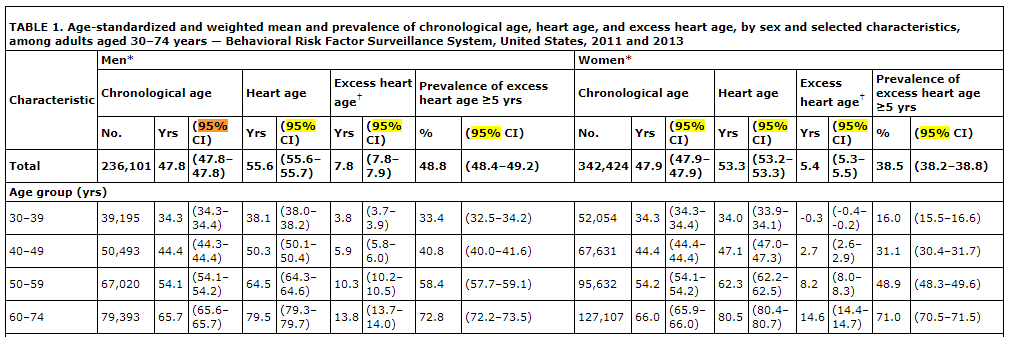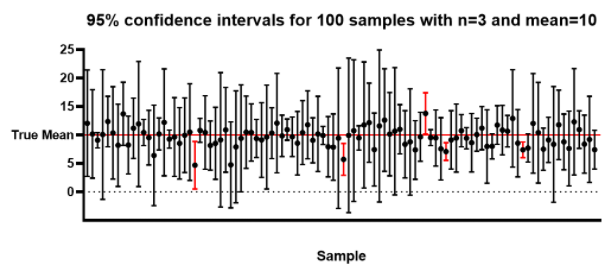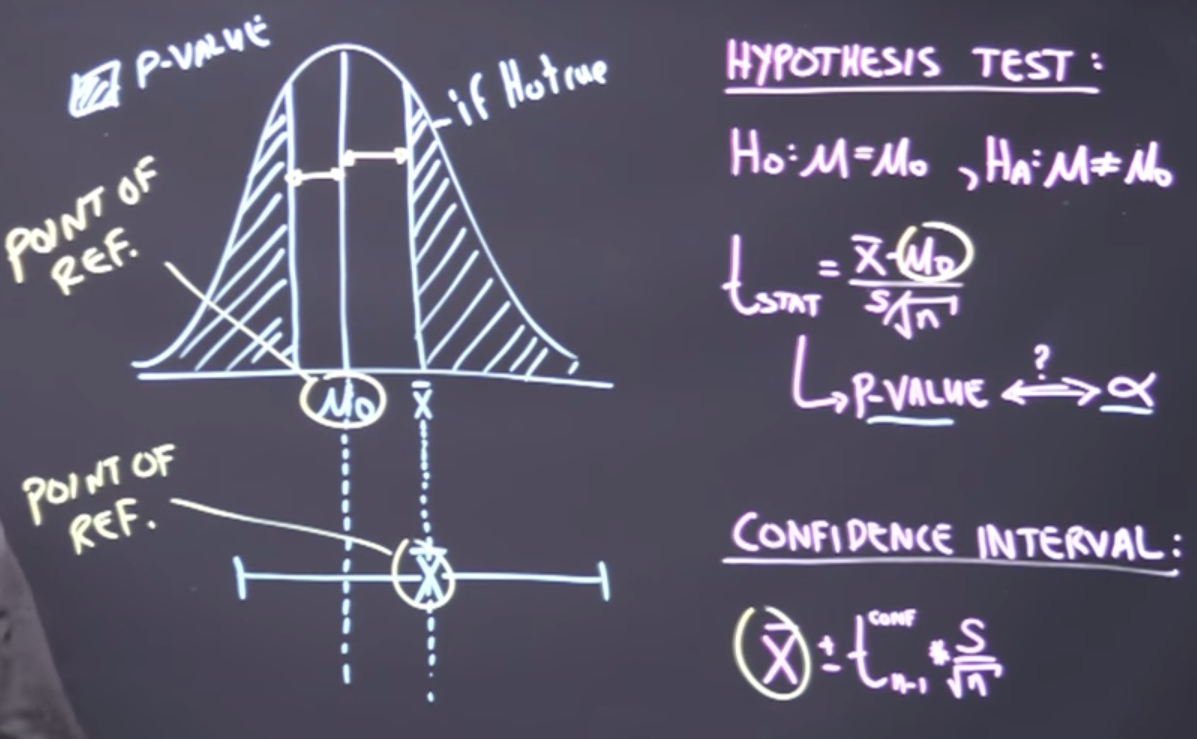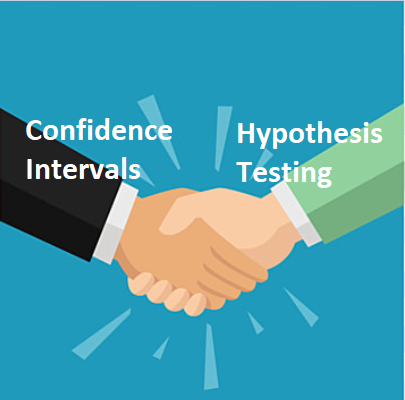Which Question Can Be Used To Draw Conclusions From A Test Of Significance
The Human relationship Between Hypothesis Testing and Confidence Intervals
Seeing where these 2 foundational concepts meet in the vast world of statistics
During my time every bit an undergraduate taking introductory statistics classes, I establish the relationship betwixt confidence intervals and hypothesis testing always seemed a bit blurry to me. These concepts were typically taught in separate chunks— and rightfully and so. These are 2 foundational concepts that definitely require an ample amount of time, but are often non revisited to help tie the importance of how these two concepts actually work together.
Often times, when learning virtually the relationships betwixt certain statistical techniques, seeing the connections may be difficult at kickoff, but subsequently getting an "Aha!" moment, man is it only so rewarding. That was espcially true for me when learning about the close relationship that confidence intervals and hypothesis testing truly had. Now, I wait to articulate my understanding by writing virtually it.
I aim to requite my perspective in better agreement the human relationship between confidence intervals and hypothesis testing, and seeing how they piece of work together in helpIng bridge the gaps between these two concepts.
A Quick Run Through
What is a Confidence Interval (CI)?
A range of possible values that is likely to capture an unknown paremeter, given a certain degree of probability (confidence).
Using this formula we tin summate a confidence interval!

Confidence Level % = one − α
Alpha (α) is known as the significance level or accepted error; an α = 0.05 is typically a good level of accepted risk, but varies depending on the situation.
So typically, y'all'll meet things like "95% CI" and a range of values like in the example table beneath.

Crazy how adults within the age xl–49 are probable to have an excess center historic period that is roughly 6 years older with 95% conviction!

Esentially, we are saying if nosotros were to sample many many times, and calculate confidence intervals for a sure paremeter like a mean or regression coefficient, we tin can then expect almost 95 out of 100 of those intervals to capture the truthful population parameter.
Hypothesis Testing?
Hypothesis testing allows u.s.a. to depict a conclusion on how plausible a sure hypothesis is using sample information from a population. That in reality, the relationship or effect we are seeing between two variables isn't but due to pure luck or chance!

First, we state our two kinds of hypothesis:
Null hypothesis (H0): The "status quo" or "known/accustomed fact". States that there is no statistical significance betwixt 2 variables and is usually what we are looking to disprove.
Example: H0 = 0 ; There is no difference between heart rate before and later on exercising.
&
Alternative Hypothesis (H1/Ha): The opposition of the null, and is what nosotros are testing for statistical significance.
Case: H1 ≠ 0 ; There is a divergence between heart rate earlier and afterward exercising.
Second, depending on the problem, we choose a exam accordingly and from the upshot observe a test statistic.
Say our information follows a standard normal distribution, we use a z-test statistic, obtain a p-value, and from that, draw a conclusion.
Using this test statistic or p-value we tin so compare this to our α of 0.05.
If smaller, we reject our zero hypothesis and conclude with our alternative hypothesis. If larger, we fail to reject our null hypothesis and conclude with null hypothesis.
Only hold on, we can also draw a conclusion from non only using p-values simply also from using confidence intervals considering of the human relationship between CI and hypothesis tests!
Okay, Well Where's The Connexion?
Confidence intervals and hypothesis testing share the characteristic that they are both inferential techniques which utilize a sample to either estimate a population parameter or test the strength and validity of a hypothesis.
This image here is a golden nugget that I think is tremendously helpful in better conceptualizing this relationship. (Link to the video can exist found below!)

Nosotros see hither that the point of reference is what is different. Hypothesis tests are centered around the null hypothesized parameter and confidence intervals are centered effectually the estimate of the sample parameter.
How can employ these 2 concepts in tandem?
If the cypher hypothesized value is found in our confidence interval, and so that would hateful nosotros accept a bad conviction interval and our p-value would be loftier. Typically our null hypothesized value will be 0 (point of no difference), and if we detect 0 in our confidence interval then that would mean we have a good risk of actually finding NO DIFFERENCE, which is typically the opposite of what we want.
In other words, if the null hypothesized value falls within the confidence interval, then the p-value is always going to be larger than 5%. Conversely, if the goose egg hypothesized value falls outside of our confidence interval then the p-value is going to be less than 5%.

At the cease of the day these 2 concepts should ever agree in our determination!
Some Takeaways
- Well for i we know, if nosotros use an α of 5% in our hypothesis exam conversely, we will also be using a 95% confidence interval since alpha levels and conviction intervals always correspond with each other.
- Confidence intervals and hypothesis testing are both methods that wait to infer some kind of population parameter from a sample of data fatigued from that population.
- Confidence intervals gives united states of america a range of possible values and an estimate of the precision for our parameter value.
- Hypothesis tests tells united states of america how confident we are in drawing conclusions about the population parameter from our sample.
- When 0 is included in our confidence interval this ways nosotros are likely seeing that in that location is no difference between our sample and the population parameter. Additionally, the p-value from our hypothesis test is probably higher than our blastoff and we'll likely fail to reject our null hypothesis!
- Both confidence intervals and hypothesis intervals tin can be used in tandem to help support our conclusions!
References:
- Vital Signs: Predicted Heart Age and Racial Disparities in Centre Age Amidst U.S. Adults at the Land Level
- Hypothesis Test vs. Conviction Interval | Statistics Tutorial #15 | MarinStatsLectures
Source: https://towardsdatascience.com/the-relationship-between-hypothesis-testing-and-confidence-intervals-43196f1b44bf
Posted by: gonzaleztheast.blogspot.com


0 Response to "Which Question Can Be Used To Draw Conclusions From A Test Of Significance"
Post a Comment